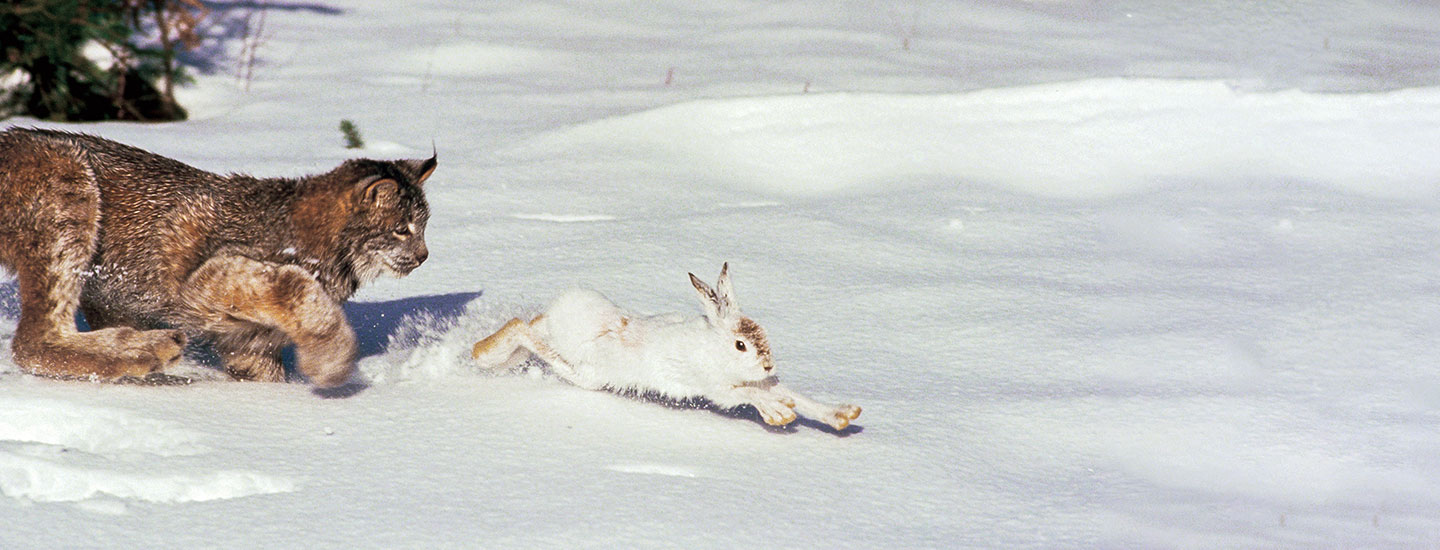Early on a September morning in 2017, nature photographer Tim Newton was awakened by what sounded like “a herd of ravens” outside his house in Anchorage, Alaska. Newton went to the window and saw what he thought was a stray cat on the deck below. Two more ran by. Newton nearly shooed them off, but something stopped him. The creatures had black tufts sticking up from their ears. “I thought, ‘Well, that’s maybe not a domestic cat,’” recalls Newton. He was right: They were juvenile lynxes.
Newton got his camera, took some pictures, and was about to go on with his day when he heard a mewing sound. It was a mother lynx in the grass next to the deck calling her kittens! “As she called several more times, they all came out of the grass one by one,” Newton says. He began taking pictures from behind the screen door. The lynx kittens came up onto the deck, sat down, and stared at the camera trying to figure out what was making the clicking noise. Eventually, all seven kittens were on the deck, with the mother lynx standing beside them. Newton snapped a family photo.
Tim Newton is a nature photographer in Anchorage, Alaska. One early morning in September 2017, a strange sound outside his house woke him up. When Newton went to the window and looked at the deck below, he saw what he thought was a stray cat. Then two more ran by. Newton almost shooed them away, but something stopped him. The animals had black tufts sticking up from their ears. “I thought, ‘Well, that’s maybe not a domestic cat,’” says Newton. He was right: They were young lynxes!
Newton got out his camera and took some pictures. He was about to go on with his day when he heard a mewing sound. It was a mother lynx in the grass next to the deck, calling to her kittens! “As she called several more times, they all came out of the grass one by one,” Newton says. He began taking pictures from behind the screen door. The lynx kittens came up onto the deck, sat down, and stared at the camera trying to figure out what was making the clicking noise. Eventually, all seven kittens were on the deck, with the mother lynx standing next to them. Newton snapped a family photo.

